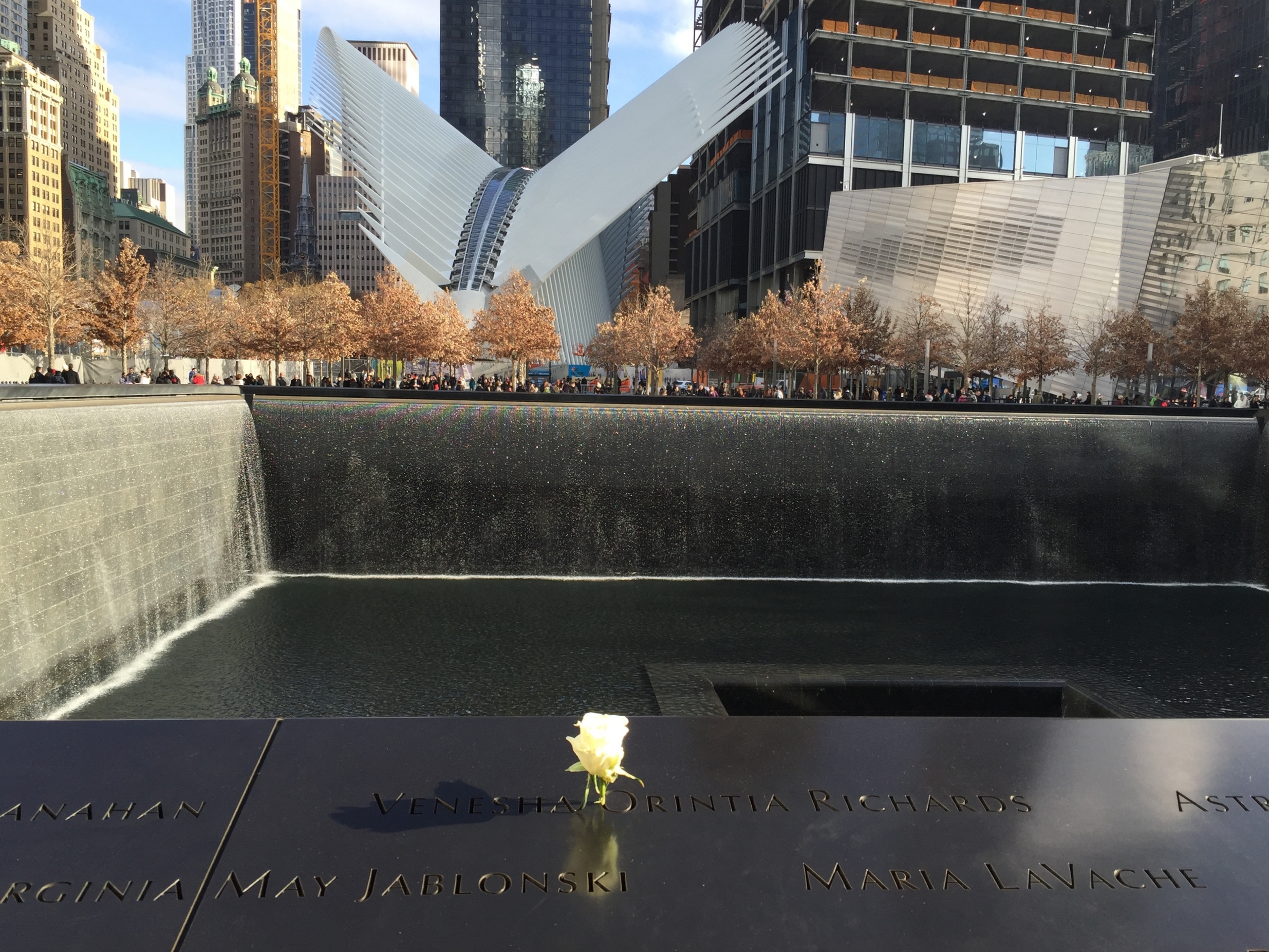We all want closure sometimes. After particularly bad things happen to us, painful thoughts and feelings linger, and after some time passes, it feels like it is time to “put these things behind us,” so they say. In some cases, our memories throw us off so much that we really feel a need to set the seesaw straight, reinstate equilibrium, and perhaps even do a factory reset. And while we are trying to solve this plaguing pain, we may find this word “closure” floating around out there. Because this concept exists, many of us assume that the kind of closure we want must be an achievable thing.
As a psychoanalyst, I hear truly poignant pleas for closure all the time. However, I propose that despite its official veneer, closure is an extremely problematic goal. In my view, it is certainly not an end worth energetically pursuing. In most cases, the road to closure is paved with radical denial, and this kind of denial can lead to a certain kind of deadness, both cognitively and emotionally. Any kind of therapy that offers “closure” on its menu is misleading at best, because closure is an artificial construction rooted in fantasy. Closure can be useful, but only as a temporary milestone on the way to a more complete understanding.
Art [Poorly] Imitates Life
Closure is an essential component in any traditional narrative structure. In most of our favorite books, plays, and movies, the story begins with conflict, escalates with rising tension, brings us through a crisis, and closes with a satisfying resolution. In most stories we expect to experience closure, and in the vast majority of stories we hear, read, or watch, we leave the drama feeling like the problem was solved. And the story thereby speaks to us about the way the world works in an intuitively satisfying way.
Now, most of us consciously know that reality is not actually structured like fiction. Indeed the truth is almost always stranger than fiction, as the saying goes. Even the most ordered life is terribly complex, messy, and subject to arbitrary intrusions and calamities at any moment. In order to make their work interesting and palatable, artists must transform life into something a little less messy. Conversely, non-transformative art that truly imitates life tends to be quite tedious [cf. Andy Warhol’s 1963 film “Sleep,” a five-hour single-take recording of a man sleeping].
Despite the clear fact that art imitates and thereby simplifies life’s inscrutable complexity, we often irrationally chase a fantasy of closure that only exists in fiction. When we seek closure, we seek to end the infinite series of cliffhangers that comprise our daily experience. In the face of the suffering that many of us face every day, such desperate measures are certainly understandable. However, our ability to fictionalize our own lives in this way is complicated by the fact that life keeps happening, whether we like it or not. The chapters we try to close seem to resist, and instead they open up again and repeat themselves through unexpected characters and plot twists.
Monuments Imitate Closure
The area formerly known as “Ground Zero” is about three blocks from my office, and it contains one of the most massive and expensive public attempts to perform closure I can think of. I saw the Twin Towers go down with my own eyes in 2001, and I avoided this monument for years. Last year I moved my office into a building just a few blocks away from it, and once I finally took the time to stroll around the site, it occurred to me that no one quite knows what to do with this tremendous slab of concretized closure.
The brutal austerity of the site has provided a sort of tabula rasa for the traumatized survivors of this horrific tragedy. However, for everyone else, the message can be perplexing. After witnessing groups of tourists performing a range of awkward tasks involving coins and selfie sticks, I recognized that as a visitor, it is quite difficult to strike an appropriate demeanor and tone of activity in this place. The site commands us to solemnly acknowledge the tragedy by never forgetting, while the surrounding panorama of even-more-impressive architectural feats screams to us that we must leave the past behind and gaze in awe at the dazzlingly futuristic present.
And while this monument thunders commandingly alongside impressive new structures, the forces that brought the towers down continue to violently resist any resolution. Religious extremists and mass murderers do not care about reflecting pools. In other words, the WTC monument demands closure and simultaneously embodies its limitations.
The Monument Will Break
The fountains surrounding the WTC Monument’s reflecting pools are mechanical constructions, and according to their co-architect Peter Walker, "We've made them as well as we know how, but they're mechanical and usually mechanical things only last 30-40 years." They cannot survive the ceaseless beating they will take from time, weather, and the brutality of the physical world. And just as the fountains at the WTC monument will break down over time, the emotional closure that we seek in the face of loss will also crumble.
When patients express a desire to use the therapeutic process with me to achieve closure, they are asking me to build an unsustainable structure. For instance, a common crisis situation in which people seek this structure is the sudden death of a parent. Oftentimes, when a parent dies, a child of any age is overwhelmed with unpleasant feelings that contradict what the child has always thought about the parent – i.e. “I always loved my mother, but now I find myself overwhelmed with hate.” Oftentimes a person who has sustained such a loss is overwhelmed by a seemingly irresolvable ambivalence. When our defenses against hateful [or loving] feelings for a loved one break down in the face of the stress of loss, the raw emotions that emerge can cause great distress. And for the survivor, it makes sense to want to get those defenses back in order, and to once again develop a consistent representation of that loved one in their mind. But the consistent representation that closure affords us must also deny the ebbs and flows of a complex, ongoing life. Psychoanalysis invites that complexity in, rather than showing it the door.
The analytic process is often quite helpful in exploring these feelings, and the process is never about reaching some final, ultimate conclusion about a person or an event. A dead person whom we once loved always remains with us, until our own minds are gone. And despite the physical absence of the dead, the conversation with the dead never ends. Life itself seems to resist closure, as we find that over time, we often gain new perspective, and past events can suddenly appear very differently than they had for years and decades prior. As William Faulkner writes, “The past isn’t dead. It’s not even past.” Nothing is ever over.
Closure is useful, but only as a temporary measure. Optimally, we continue reconsidering the illusion of closure as we move incrementally toward a more complete understanding of the total event. As the complexity of our history reveals itself over time, it behooves us to accept its ambiguities and remain open to its as-yet-unrevealed perspectives. Ultimately, closure is not an end; it is a transition between grief and a new kind of openness to unthought unknowns.

